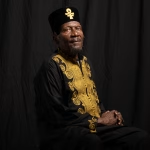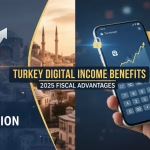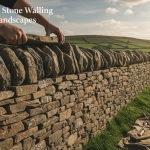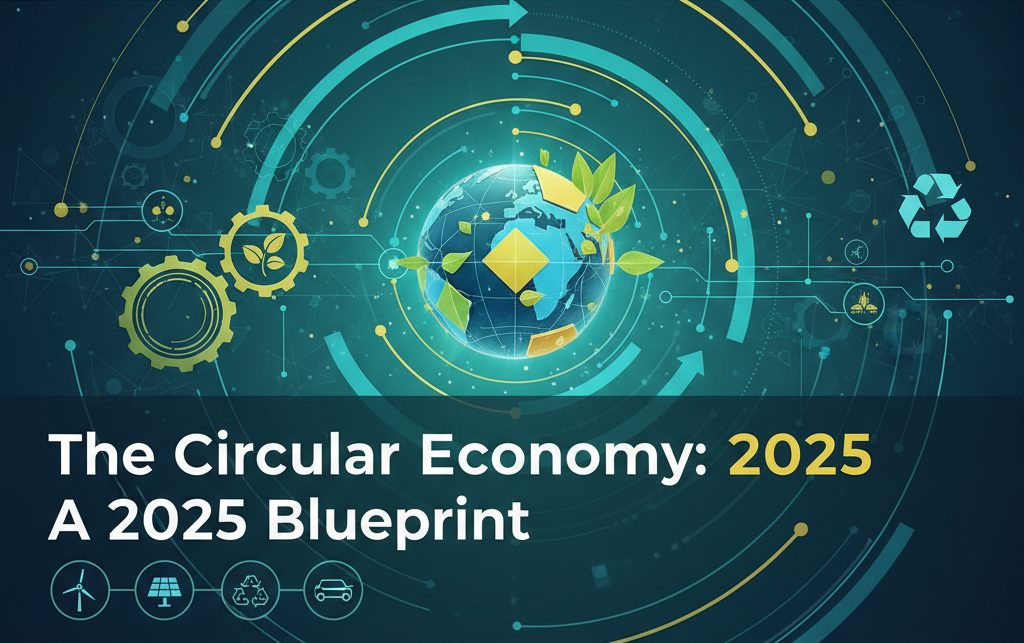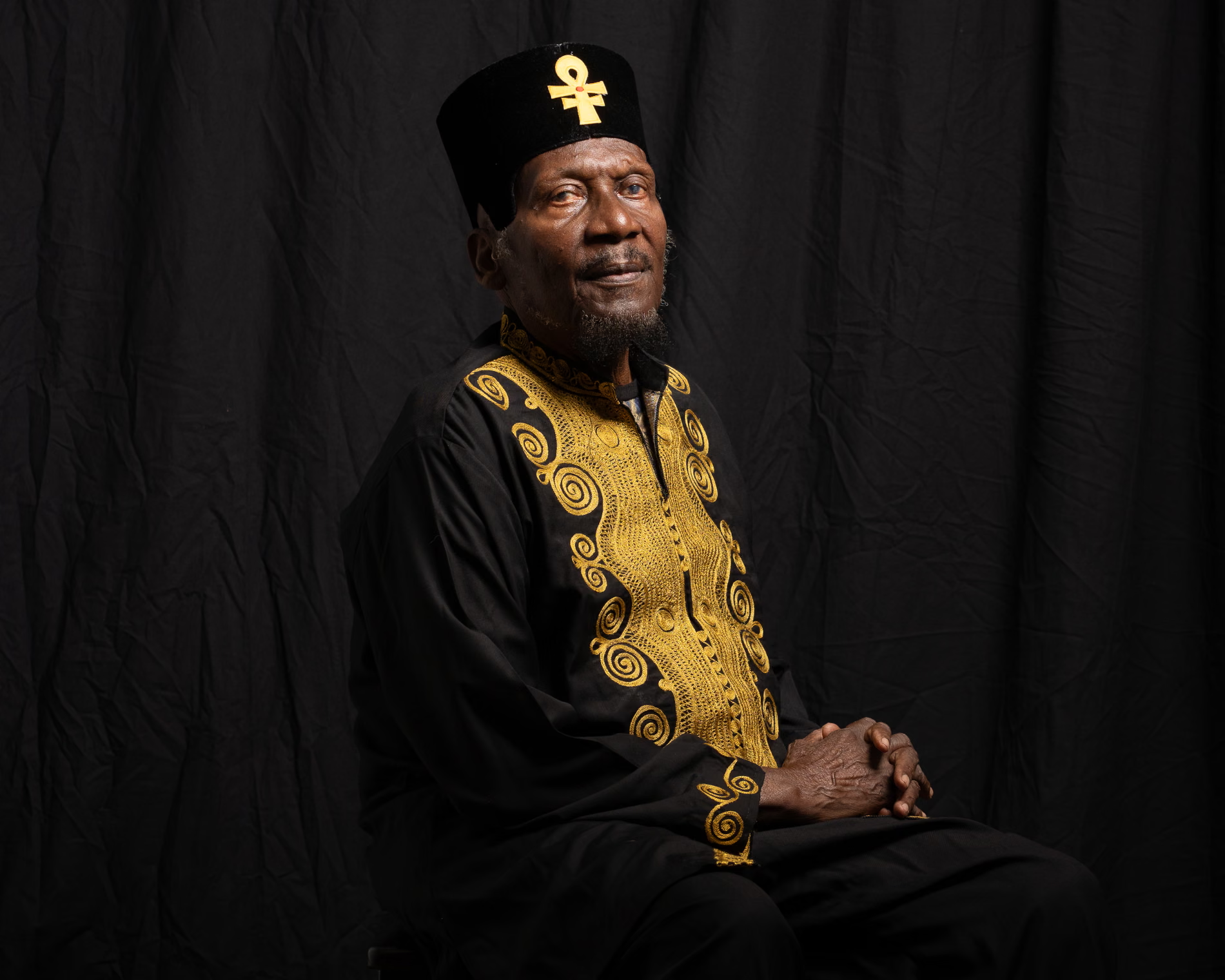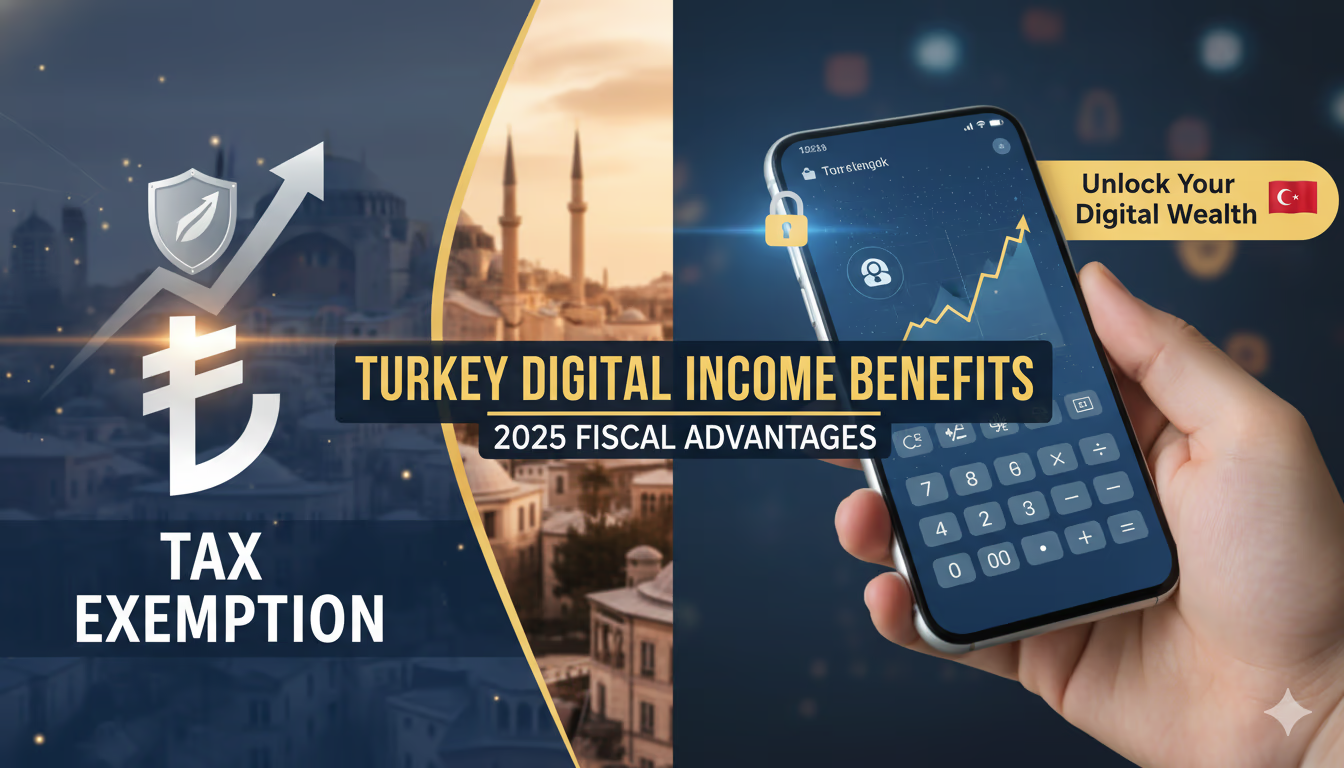The circular economy in 2025 represents a vital blueprint for a sustainable future, moving decisively away from an outdated linear model. For generations, our world was built on this simple system: we take resources, make products, and then throw them away. This “take-make-waste” approach fueled incredible growth but is fundamentally unsustainable for a planet with finite resources. Now, the consequences of this linear thinking are becoming impossible to ignore in our daily lives.
Our modern world was built on a simple, linear model. We take resources from the earth to make products. We then use these products for a limited time. Finally, we throw them away when they are no longer needed. This “take-make-waste” system has fueled incredible growth for generations. However, it is fundamentally unsustainable for a planet with finite resources. The consequences are becoming impossible to ignore in our daily lives.
We see overflowing landfills and polluted oceans as direct results. The continuous extraction of raw materials also strains our ecosystems. As we look towards 2025, a more intelligent and restorative alternative is gaining serious momentum. This powerful concept is known as the circular economy. It represents a complete rethinking of how we produce and consume goods. This is not just about recycling more efficiently. It is a blueprint for a future that is both prosperous and sustainable.
Understanding the Core of Circularity
The circular economy moves away from the dead-end street of linear production. It is inspired by the regenerative cycles found throughout the natural world. In nature, nothing is ever truly wasted. One organism’s output becomes another’s input in a continuous loop. The circular model applies this brilliant logic to our own industries. It is built upon three fundamental and interconnected principles.
First, the system aims to design out waste and pollution from the very beginning. This means creating products with their entire lifecycle in mind. Second, it focuses on keeping products and materials in use for as long as possible. This involves promoting durability, repair, and refurbishment. The third principle is to regenerate natural systems. This encourages practices that actively restore and improve our environment. It’s a shift from doing less harm to doing actual good.
Key Innovations Driving the 2025 Circular Shift
The transition to a circular economy is not just a hopeful theory. It is being powered by tangible innovations in technology and business. By 2025, several key trends are becoming mainstream, fundamentally changing our relationship with the things we own. These are not futuristic dreams but practical solutions being implemented today.
Advanced Material Science: Scientists are developing groundbreaking materials that are inherently circular. Imagine packaging made from seaweed that biodegrades in weeks, not centuries. We are also seeing self-healing polymers that can repair their own cracks. This extends the life of everything from phone screens to car parts. Furthermore, textiles created from recycled plastics or agricultural waste are reducing the fashion industry’s heavy footprint. These materials are designed for reuse from their molecular structure up.
Product-as-a-Service (PaaS) Models: Why buy a product when you only need the service it provides? This is the central question behind the PaaS business model. Instead of selling light bulbs, a company might sell guaranteed high-quality lighting as a service. Customers pay a subscription, and the company handles all installation, maintenance, and replacement. The manufacturer retains ownership of the product. This creates a powerful incentive for them to make highly durable, repairable, and recyclable goods. We see this model emerging for tires, furniture, and even clothing.
Digital Product Passports: Information is a critical resource in the circular economy. Digital product passports are changing the game entirely. Think of it as a digital birth certificate and resume for every item. Embedded with a QR code or NFC chip, this passport details the product’s origin. It lists all the materials used in its construction. It also tracks its repair history and provides instructions for disassembly. This transparency empowers consumers, repair technicians, and recyclers to make smarter decisions. It ensures valuable materials are properly recovered at the end of a product’s life.
The Consumer’s Crucial Role in the Circle
Businesses and governments cannot build a circular economy alone. Our daily choices as consumers create the demand that drives this systemic change. The power we hold is significant and grows with every purchase we make. Embracing a circular mindset involves a shift in our own habits and priorities. It means valuing longevity and performance over novelty and disposability.
Supporting the right to repair is a fundamental starting point. We should choose brands that design products with accessible and replaceable parts. We must also challenge the idea that newer is always better. The market for refurbished electronics, for example, is a perfect circular model. It offers high-quality products at a lower cost and environmental impact. Similarly, clothing rental services and thriving second-hand marketplaces prove that ownership is not the only option. Every time you choose to repair, rent, or buy used, you cast a vote for a more sustainable future.
Challenges on the Road to 2025
Of course, this global transition is not without its difficulties. Shifting deeply ingrained industrial habits and consumer behaviors is a monumental task. Scaling up new recycling technologies and circular business models requires significant investment. We also need supportive government policies that level the playing field. These policies must make sustainable choices easier and more affordable for everyone involved.
The road ahead requires collaboration, innovation, and a shared commitment. The linear economy has brought us to a critical junction. The circular economy offers a clear, actionable, and hopeful path forward. It is a blueprint for an economy that works better for people, businesses, and the planet we all call home. The changes happening in 2025 are just the beginning of this exciting journey.
Final
The journey towards a fully circular economy is ultimately a story of redesigning our future. It challenges us to see value where we once saw waste, and opportunity where we once saw an end. As we stand at the cusp of 2025, this is no longer a niche environmental concept; it is the most robust economic and social strategy we have. The power of this model lies in its inherent optimism and practicality. The future is not something that simply happens to us; it is something we build together, one circle at a time.
Uncover the 2025 blueprint for the future of sustainability, showcasing a smarter economy where innovative business models create value without creating waste.
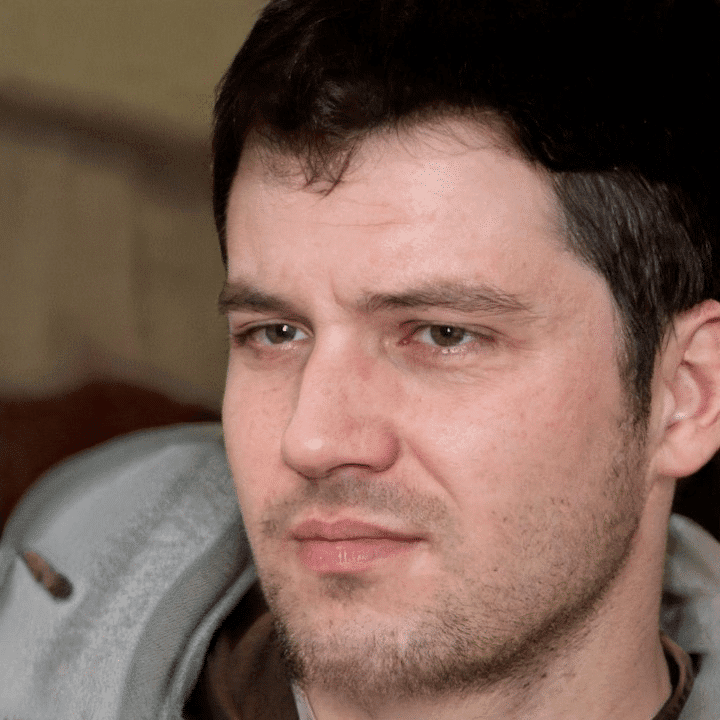
A storyteller navigating the globe. On this page, I bring you the events shaping our world through my own lens. My mission is to enlighten with information.


